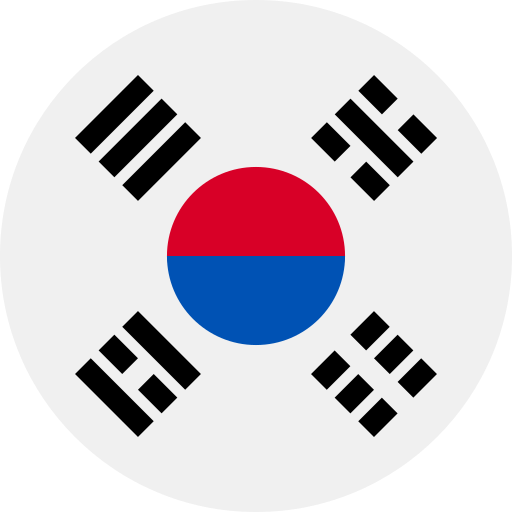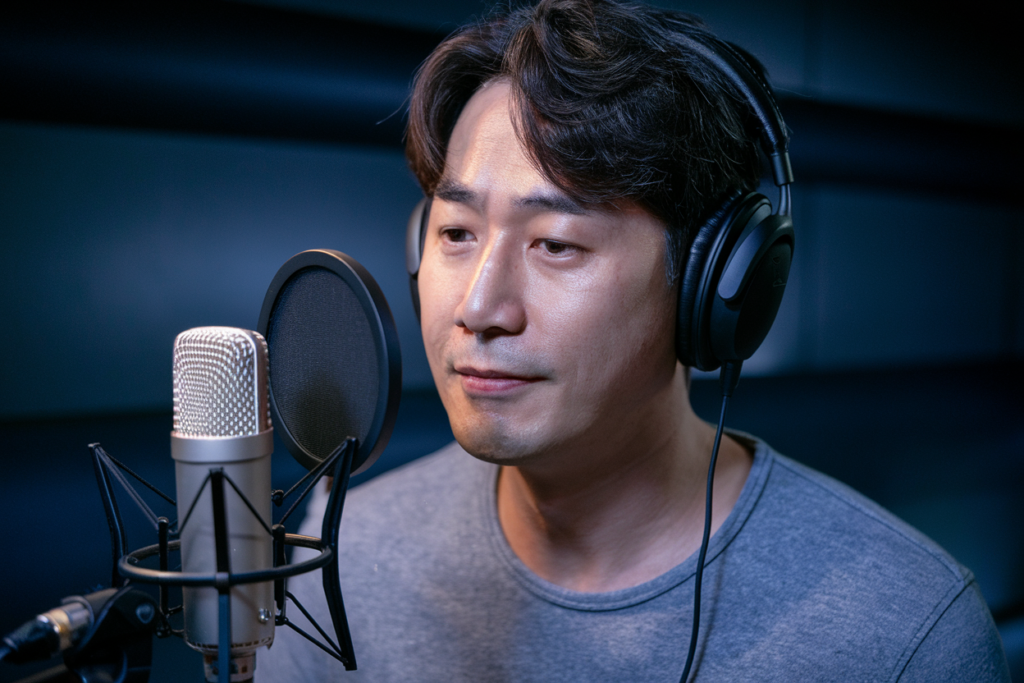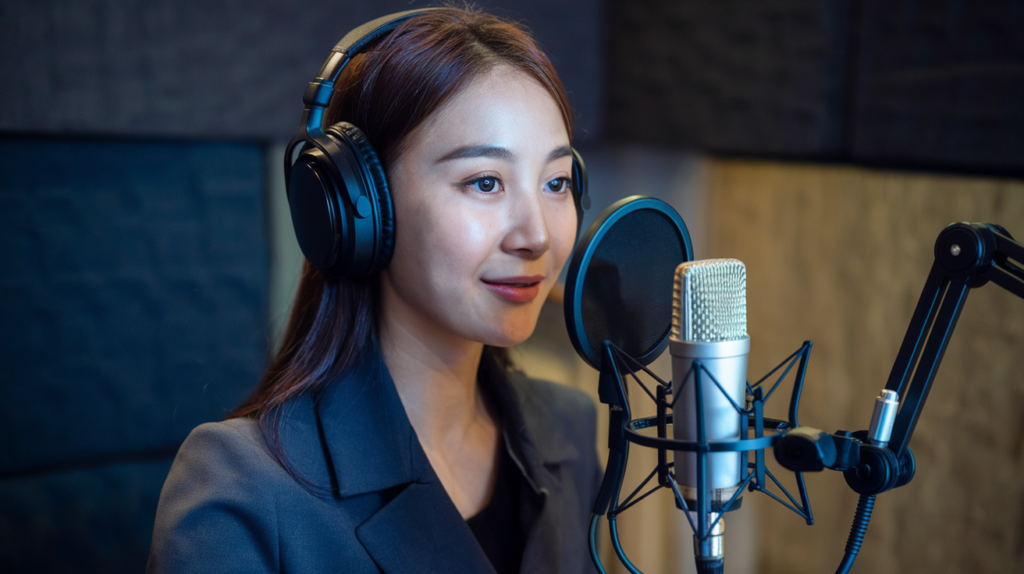Key Takeaways
- Seven Major Dialect Groups: The Korean language features seven primary dialects, including the Seoul, Gyeongsang, Jeolla, Chungcheong, Gangwon, North Korean dialects, and unique island dialects.
- Standard Korean: Based on the Seoul Dialect, Standard Korean serves as the official language in South Korea and is widely used in media and education for unified communication.
- Regional Characteristics: Each dialect possesses distinct phonetic and lexical traits influenced by geographic location, culture, and historical context—enhancing local identity.
- Dialect Divergence Post-1945: The division of Korea has led to significant linguistic differences between North and South Korean dialects due to political and cultural changes over time.
- Cultural Insights: Understanding these dialects provides valuable insights into local customs and traditions while revealing stories about the communities that speak them.
- Geographic Influence on Language: Geographic barriers contribute to isolation among communities, fostering unique linguistic developments such as those seen in Jeju Island’s distinctive dialect.
Ever wondered how many Korean dialects exist and what makes each one unique? You’re not alone. The rich tapestry of the Korean language stretches far beyond just standard Korean, with various regional dialects that reflect the culture and history of their speakers.
Overview of Korean Dialects
Korean dialects reflect the rich tapestry of regional identities across Korea. The language features several distinct dialects, each with unique phonetic and lexical characteristics. You’ll find that these variations often stem from geographic, historical, and cultural influences.
In total, there are seven major dialect groups within the Korean language:
- Seoul Dialect: As the standard form of Korean, this dialect is spoken in Seoul and surrounding areas. It’s widely used in media and education.
- Gyeongsang Dialect: This dialect hails from the southeastern region of Korea, including cities like Busan and Daegu. It’s known for its distinctive intonation patterns.
- Jeolla Dialect: Predominantly found in the southwestern provinces, this dialect exhibits unique vocabulary and pronunciation traits that set it apart from others.
- Chungcheong Dialect: Spoken in central Korea, this dialect features a softer tone compared to its Gyeongsang counterpart.
- Gangwon Dialect: Originating from Gangwon Province, this dialect retains some archaic forms not present in more urbanized variants.
- North Korean Dialects: These include various forms spoken in North Korea which have diverged significantly since the division of Korea post-1945.
- Island Dialects: Various islands off the coast of Korea possess their own distinct speech patterns influenced by isolation.
Each dialect offers a glimpse into local culture and history, enriching your understanding of how language evolves over time within communities. Whether you’re seeking to engage with native speakers or appreciate linguistic diversity on a deeper level, knowing about these dialects enhances your connection to the Korean language landscape.
Major Korean Dialects
Korean boasts a rich tapestry of dialects, each reflecting unique regional characteristics and cultural nuances. Understanding these major dialects enhances your appreciation for the language’s diversity.
Standard Korean
Standard Korean, based on the Seoul Dialect, serves as the official language in South Korea. It’s widely used in media, education, and government. This form is characterized by its clear pronunciation and grammar rules that many learners encounter first. The standardization aimed to unify communication across the nation while preserving regional identities.
Regional Variations
Regional variations in Korean are fascinating and distinct. Here are some notable examples:
- Gyeongsang Dialect: Known for its sharp intonation patterns, this dialect can sound quite different from Standard Korean. It’s prevalent in cities like Busan and Daegu.
- Jeolla Dialect: Recognized for its unique vocabulary and softer tones, it reflects the agricultural history of the Jeolla region.
- Chungcheong Dialect: This dialect features a gentle flow with less pronounced intonation changes compared to Gyeongsang.
- Gangwon Dialect: This archaic form retains older linguistic elements, offering insights into historical language usage.
- North Korean Dialects: These have diverged significantly since Korea’s division in 1945. Differences include vocabulary shifts and phonetic changes.
- Island Dialects: Influenced by geographic isolation, these dialects showcase distinctive local expressions found on Jeju Island and other coastal areas.
Each dialect not only represents a way of speaking but also tells stories about the people who live there—connecting you to their heritage through language.
Other Notable Dialects
Various dialects in the Korean language showcase rich cultural heritage and regional identity. Each dialect brings something unique to the linguistic table, enhancing the overall understanding of Korean communication.
Jeju Dialect
The Jeju Dialect stands out with its distinct vocabulary and pronunciation. This dialect is significantly influenced by the island’s geographic isolation, making it quite different from mainland dialects. Jeju speakers often use unique expressions and terms that may confuse outsiders. For example, common words can take on entirely different meanings here, reflecting local culture and traditions. The influence of historical events also shapes this dialect, giving it a depth that resonates with locals and hints at their fascinating history.
Gyeongsang Dialect
The Gyeongsang Dialect is known for its sharp intonation patterns and distinctive rhythm. Primarily spoken in areas like Busan and Daegu, it features a variety of pronunciations that set it apart from other regional dialects. Listeners might notice how speakers convey emotions through their vocal inflections, adding an expressive layer to conversations. Additionally, specific vocabulary used in this dialect reflects local customs and lifestyles, providing insights into the community’s daily life. Understanding these nuances enriches your appreciation for Korean language diversity while connecting you more closely to its vibrant cultural landscape.
Factors Influencing Dialect Variation
Dialect variation in the Korean language stems from several key factors that contribute to its rich tapestry. Understanding these influences enhances your appreciation of the unique characteristics found within each dialect.
Historical Context
Historical events shape dialects profoundly. The division of Korea in 1945 led to significant linguistic divergence between North and South Korean dialects. Each region developed distinct expressions, vocabulary, and pronunciation influenced by political, social, and cultural changes over decades. For instance, while Northern dialects retained certain archaic features due to limited external influence, Southern dialects evolved with modern terms and foreign borrowings.
Geographical Influences
Geography plays a crucial role in shaping dialect characteristics. Mountain ranges, rivers, and islands create natural barriers that isolate communities. This isolation fosters the development of unique linguistic traits over time. For example, Jeju Island has its own distinct dialect influenced by its geographic isolation from mainland Korea. Similarly, mountainous regions may lead to variations in pronunciation or vocabulary due to limited interaction with other areas.
These factors intertwine culture with language structure and usage patterns across different regions of Korea, enriching your understanding of how diverse the Korean linguistic landscape truly is.
Conclusion
Exploring the variety of Korean dialects reveals much about the culture and history of their speakers. Each dialect offers a glimpse into regional identities and unique linguistic patterns shaped by geography and historical events.
Whether you’re interested in the sharp intonation of Gyeongsang or the gentle flow of Chungcheong, each variant enriches your understanding of the Korean language as a whole. Embracing these differences not only deepens your appreciation for Korea’s linguistic diversity but also connects you more closely to its vibrant heritage.
Frequently Asked Questions
What are the major dialects of the Korean language?
The Korean language has seven major dialect groups: Seoul, Gyeongsang, Jeolla, Chungcheong, Gangwon, North Korean Dialects, and Island Dialects. Each has its unique characteristics shaped by culture and geography.
How does the Seoul Dialect differ from other dialects?
The Seoul Dialect serves as the standard form of Korean and is widely used in media and government. It features a more neutral tone compared to other dialects like Gyeongsang or Jeolla that have distinct intonations or vocabularies.
What makes the Gyeongsang Dialect unique?
The Gyeongsang Dialect is known for its sharp intonation patterns and expressive vocal inflections. It’s prevalent in areas like Busan and Daegu, where local vocabulary reflects regional customs.
Why are regional variations important in the Korean language?
Regional variations enrich cultural heritage and identity within Korea. They reflect historical contexts and geographical influences that shape how communities communicate their stories through language.
How did historical events affect North Korean Dialects?
Since the division of Korea in 1945, North Korean Dialects have diverged significantly from South Korean ones due to political, social, and cultural changes. This divergence results in different expressions and vocabulary between the two regions.
What role do geographical barriers play in dialect development?
Geographical barriers such as mountains and rivers contribute to linguistic diversity by isolating communities. This isolation fosters unique linguistic traits, as seen with the distinct expressions found in Jeju Island’s dialect.
Can you give an example of a distinctive expression from Jeju Island?
Jeju Island’s dialect includes unique vocabulary influenced by its geographic isolation. Some expressions may confuse outsiders but carry significant meaning within local culture, showcasing its rich linguistic heritage.







